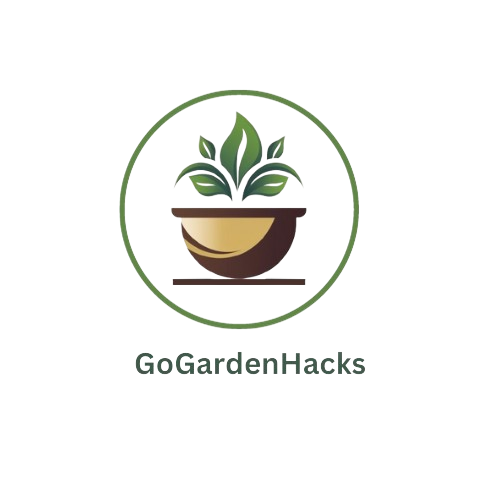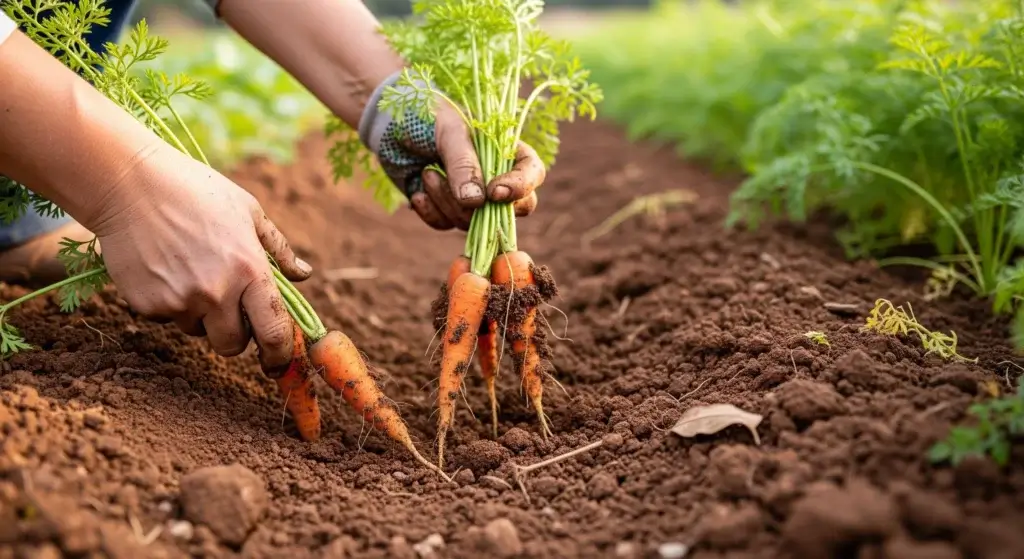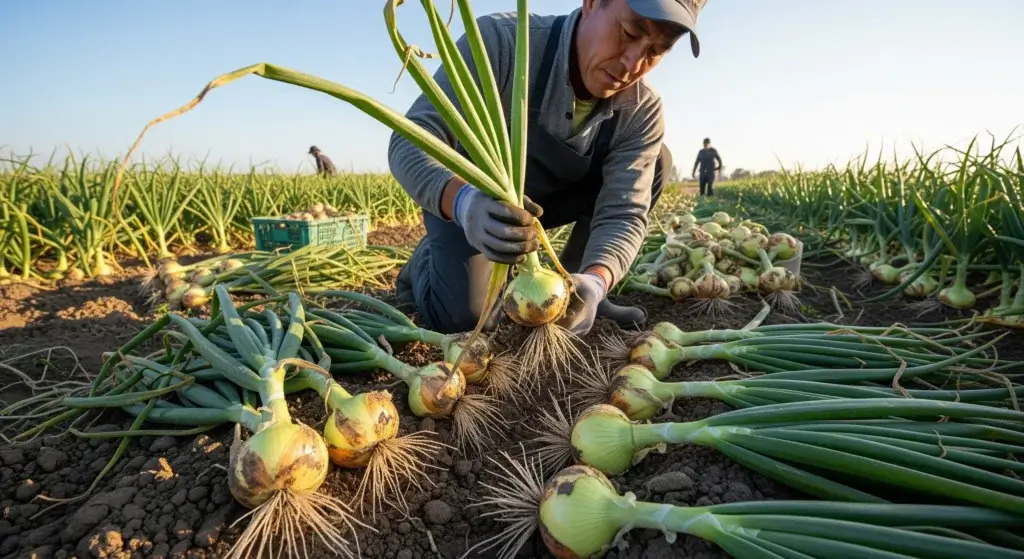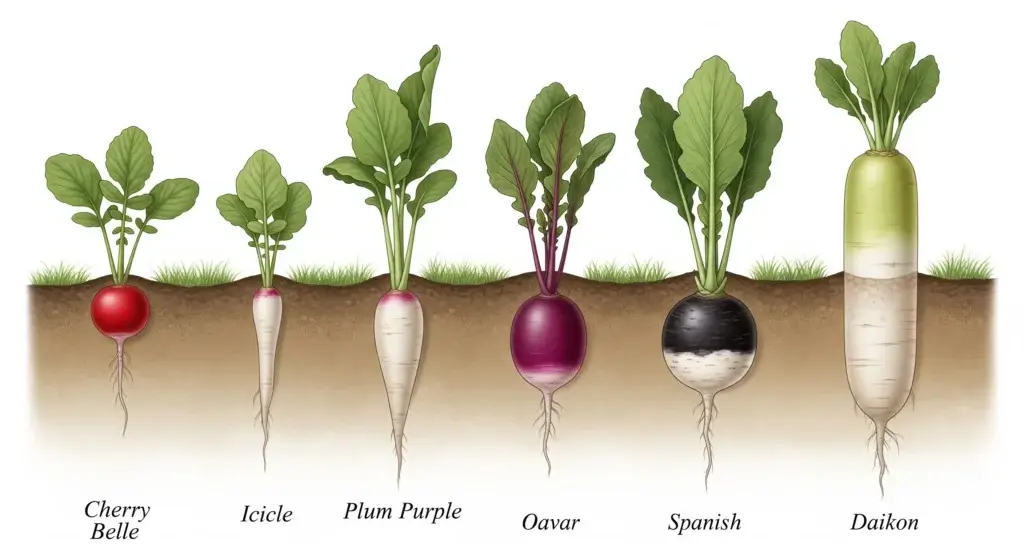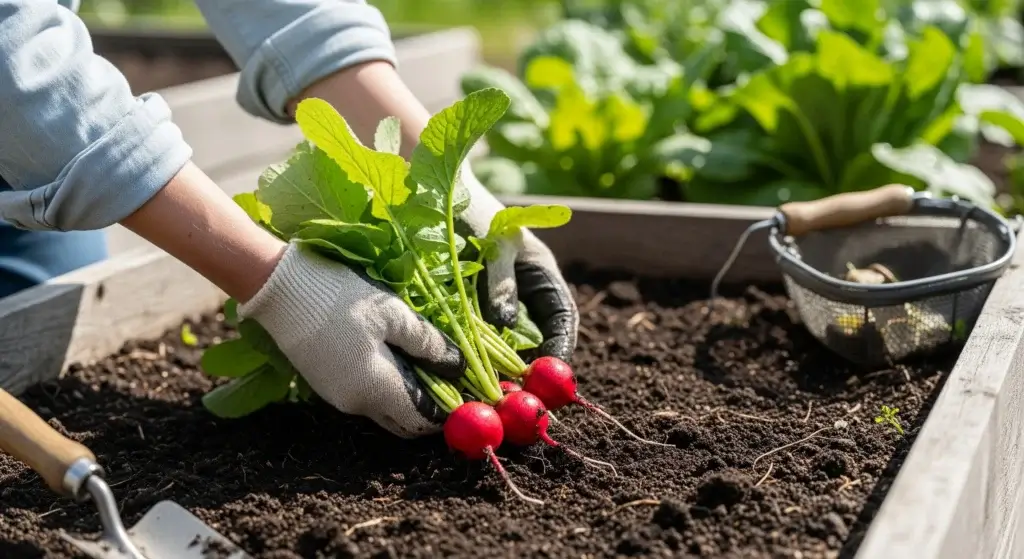
You don’t necessarily need to grow veggies like this intense, all-day affair.
For realz — you don’t need to be the green thumb person or spend an entire day in the dirt to get fresh veggies in your yard.
If you’re a first-time gardener, too busy, or just looking for an easy victory, low-maintenance veggies are where it’s at.
Here are the simplest plants to grow so you can have your own little garden that pretty much looks after itself.
Why Choose Low Maintenance Vegetables?
Before we talk about which veggies to grow, let’s be real — not everyone has hours to spend babying plants.
Low-maintenance vegetables are total lifesavers. They don’t need constant watering, pest drama, or fancy fertilizer.
They’re tough, forgiving, and perfect if you occasionally forget they exist (been there).
Fun fact: around 35% of Americans grow their own food, but most say time is their biggest issue. That’s exactly why these chill, low-effort veggies are the move — they make gardening doable for literally anyone.
Top Low Maintenance Vegetables for Your Garden
Tomatoes
Tomatoes are basically the Beyoncé of home gardens — everyone loves them, and they totally deserve the hype.
Some types need a bit of care, but bush (aka determinate) tomatoes? Super chill.
Once they settle in, they handle dry days like champs and keep pumping out juicy fruit with barely any effort.
Growing tips:
- Give them full sun and soil that drains well
- Water deeply once or twice a week instead of tiny daily sips
- Add mulch to lock in moisture and keep weeds from crashing the party
- Try tough varieties like Celebrity or Mountain Fresh Plus
Zucchini and Summer Squash
Zucchini is that overachiever plant that just won’t quit.
Seriously, one plant can feed an army — or at least your entire family (and maybe your neighbors).
It grows fast, doesn’t complain about soil, and keeps giving all season long.
Growing tips:
- Space them out about 3–4 feet apart in full sun
- Water at the base so the leaves don’t get fungus
- Pick the fruits often to keep new ones coming
- Trust me, one or two plants are plenty unless you want a zucchini takeover
Lettuce and Salad Greens
Lettuce is the instant-gratification plant of the veggie world.
You can go from seed to salad in like a month.
These greens love cooler weather and don’t need much attention — perfect for beginners or impatient gardeners (guilty).
Growing tips:
- Give them a bit of shade when it’s hot so they don’t “bolt” (aka freak out and stop growing)
- Use the “cut and come again” trick — snip what you need, and it grows back
- Plant new seeds every couple of weeks for a nonstop supply
- Keep the soil moist, not soggy
Radishes
Radishes are like training wheels for gardening — they grow crazy fast (ready in 25–30 days!) and are nearly impossible to mess up.
Plus, they help break up soil and even protect other plants from pests.
Growing tips:
- Plant seeds directly in the garden during spring or fall
- Thin out the seedlings so they’ve got room to grow
- Harvest when they’re just the right size — don’t wait too long, or they’ll get spicy and tough
- Pop them between slower plants like carrots or lettuce
Green Beans
Green beans are the definition of “low effort, high reward.” Bush beans, especially, don’t even need support to grow tall.
They pretty much take care of themselves and improve the soil while they’re at it.
Growing tips:
- Plant them after the last frost once the soil’s nice and warm
- Skip the extra fertilizer — too much makes leaves, not beans
- Water regularly when they’re flowering and forming pods
- Pick often to keep them producing
Peppers
Peppers are the easy-going cool kids who enjoy the sun and aren’t sensitive.
They once they start, they don’t require much attention and will just continue to produce peppers all season long.
Sweet or hot, they’re a necessity to grow.
Growing tips:
Plant in full sun after the soil warms up
Give tall ones a little support to keep branches from snapping
Let the soil dry slightly before watering again
You can pick peppers green or wait till they’re fully ripe for max flavor
Kale and Swiss Chard
These green legends are ridiculously resilient. Kale does enjoy a better taste after a freeze, and Swiss chard is so gorgeous it can be used as a garden ornament.
They require very little care but will continue to produce for months.
Growing tips:
- Full sun or partial shade works fine
- Keep picking the outer leaves for continuous growth
- In mild climates, they can survive winter
- Fertilizer? Barely any needed — they’re chill like that
Potatoes
Potatoes are the ultimate “plant it and forget it” crop.
Once they’re in the ground (or even in a bag or bucket), they just quietly grow beneath the soil until they’re ready to surprise you.
Growing tips:
- Start with seed potatoes in loose, well-draining soil
- Pile soil around the stems as they grow (“hilling”)
- Water regularly but don’t drown them
- Harvest once the leaves start yellowing — that’s their way of saying, “We’re done!”
Essential Tips for Low Maintenance Gardening Success
Soil Preparation Matters
Okay, hear me out — soil is like the Wi-Fi of your garden. If it sucks, nothing works right.
Spending a little time getting your soil ready at the start makes everything easier later.
Mix in some compost or organic matter, and boom — you’ve got nutrient-rich soil that holds water better and keeps your plants happy without constant babysitting.
Trust me, good soil = less work for you.
Mulching: Your Secret Weapon
Mulch is the lazy gardener’s best friend.
A 2–3 inch layer of stuff like straw, shredded leaves, or wood chips does so much: it locks in moisture, blocks weeds, keeps the soil cool, and even breaks down to make the dirt better over time.
It’s basically a natural garden cheat code — less watering, less weeding, more chill.
Smart Watering Strategies
Forget that “water every day” nonsense.
Plants actually do better when you water them deeply once or twice a week.
That way, their roots grow deep and strong instead of staying near the surface.
Think of it like strength training for plants.
Want to go full autopilot? Set up a drip irrigation system or soaker hose — it’s like your garden’s version of self-care Sundays.
Companion Planting Benefits
Some plants are just better together — like besties who hype each other up.
That’s what companion planting is about.
Put basil next to tomatoes and watch them both thrive (bonus: it keeps aphids away).
Or sprinkle marigolds around your garden — they’re basically the bouncers that tell pests, “You’re not on the list.”
It’s natural pest control without the chemicals or the drama.
Timing Your Garden for Maximum Ease
Timing in the garden is everything — a little like arriving at the party too soon or too late.
If you plant whatever it is at the incorrect time, your vegetables will completely ghost you.
Get your frost dates (i.e., when it finally ceases freezing), and use those to plan around.
Cool-season vegetables such as lettuce, radishes, and kale adore the cold of spring or autumn, but warm-season performers such as tomatoes, peppers, and squash require that summer heat before they will even consider growing.
Here’s the good news — most easygoing veggies don’t need fancy seedlings or transplant drama.
You can literally just toss the seeds straight into the dirt and let them do their thing.
Beans, radishes, lettuce, and squash are total overachievers that sprout fast and make you feel like a pro, even if it’s your first try.
Common Mistakes to Avoid
Even the chillest veggies can turn into drama queens if you mess up a few basics. Here’s what to watch out for:
Overwatering
Real talk — most plants drown before they ever die of thirst. They hate soggy roots.
Think of it like wearing wet socks 24/7… not fun. Water deeply, but not constantly.
Overcrowding
Don’t crowd your plants together like a concert stage.
Provide some breathing space! When plants are too close, they compete with one another for nutrients and spread disease. A bit of elbow space is a much better idea.
Wrong Timing
Planting at the wrong time is like attending class on the wrong day — it doesn’t work out.
Determine your area’s growing season and plan accordingly so that your vegetables get to grow at all.
Forgetfulness Regarding Pest Issues Ahead of Time:
See a couple bugs? Don’t brush it off. Those pesky freeloaders reproduce quickly.
Early bug catching keeps your garden from being an all-you-can-eat insect buffet.
Conclusion: Your Path to Easy Vegetable Gardening
You don’t need to sacrifice every free moment to your garden — raising your own veggies can be a breeze.
Select the high-yield, easy-breed ones, employ some clever tricks, and voila. You’re snacking on fresh veggies in no time.
Begin small, learn as you go, and don’t worry — even the pros mess up.
The secret? To garden with nature, not against nature. Great dirt, lots of mulch, clever watering, and veggies that truly love your climate.
